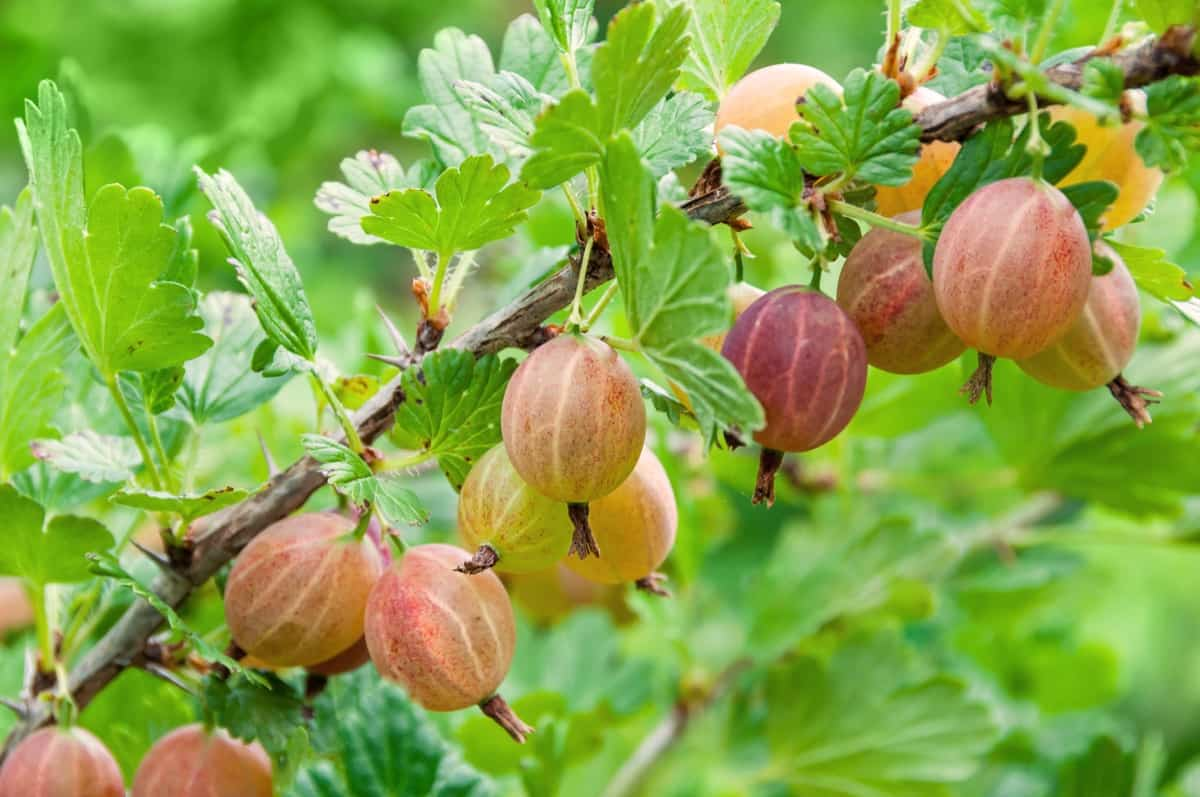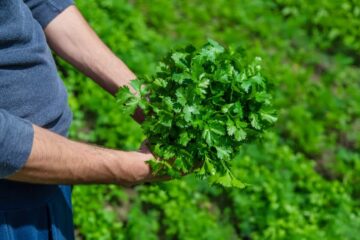Unveiling the Secrets of the Gooseberry Bush

The humble gooseberry bush, often tucked away in the corners of British gardens or growing wild in the countryside, carries with it a heritage rich in history and a profile abundant in health benefits. This article seeks to shed light on the many facets of the gooseberry bush, from its botanical characteristics to its culinary uses, and why it holds a special place in the heart of Britain. As we delve into the secrets of the gooseberry bush, we embark on a journey that intertwines with the fabric of British culture, tradition, and the natural environment.
Botanical Overview
The gooseberry bush (Ribes uva-crispa), a native species to Europe, North Africa, and the western regions of Asia, has been a staple in British gardens for centuries. Belonging to the genus Ribes in the family Grossulariaceae, the plant is characterized by its spiny branches, lobed leaves, and bell-shaped flowers, which blossom into the tart, juicy berries we are familiar with. Typically, the bushes thrive in a cool, temperate climate, making the British Isles an ideal habitat for these plants.
There are over 150 varieties of gooseberry bushes Chris Bowers says, each varying in size, colour, and taste. The berries can range from the small, green, tart varieties, favoured for culinary use, to the larger, sweeter red or purple cultivars, often eaten raw or used as decorative garnishes. This versatility in varieties underscores the plant’s adaptability and the range of options available to British gardeners and cooks.
Historical Significance
The gooseberry holds a special place in British horticultural history. Records of gooseberry cultivation in England date back to the early 16th century, but it was during the 19th century that the gooseberry truly flourished, both in popularity and in competitive spirit. The Victorian era saw the advent of ‘Gooseberry Shows’, competitive events where gardeners vied to grow the largest and best-quality berries. These shows were not just a display of horticultural excellence but a celebration of community and local pride.
However, the gooseberry’s popularity in Britain is not solely a product of its taste or versatility. The berry and its bush have been woven into the folklore and fabric of British society. In folklore, gooseberries are often associated with fairies and are thought to offer protection against them. This whimsical element adds a layer of cultural depth to the gooseberry’s presence in Britain, embedding it not just in the soil, but in the stories passed down through generations.
Cultivation Tips
For those interested in cultivating gooseberry bushes in their own gardens, understanding the needs of these plants is crucial for a bountiful harvest. Gooseberry bushes prefer well-drained, fertile soil and can be planted in a sunny or partially shaded spot. They require regular pruning to maintain their shape and to encourage the growth of fruit-bearing branches. Pruning is typically done in late winter or early spring, before the plant starts to leaf out.
When it comes to pests and diseases, gooseberry bushes can be susceptible to a few, such as the gooseberry sawfly and powdery mildew. However, with proper care and preventive measures, such as netting the bushes to protect them from birds and ensuring good air circulation to combat fungal diseases, gardeners can minimize these issues.
Culinary Uses
The gooseberry’s culinary uses are as varied as its cultivars. In Britain, one of the most traditional recipes is gooseberry fool, a dessert made by folding pureed gooseberries into sweetened cream. This dish epitomizes the British summer and showcases the gooseberry’s unique flavor profile. Additionally, gooseberries make excellent jams, chutneys, and pies, often combined with elderflower to enhance their taste. Their tartness also makes them a perfect accompaniment to rich meats like mackerel, pork, and lamb, cutting through the fat and adding a refreshing contrast.
As we’ve explored the gooseberry bush’s characteristics, historical significance, and culinary uses, it’s clear that this plant is more than just a bearer of fruit. It is a symbol of British horticulture, a link to the past, and a versatile ingredient in the kitchen. The first half of this article has laid the groundwork for understanding the depth and breadth of the gooseberry bush’s role in Britain.
Health Benefits
The nutritional profile of gooseberries is impressive, making them not only a tasty addition to the diet but also a beneficial one. Rich in vitamin C, gooseberries provide a substantial boost to the immune system. They are also a good source of dietary fiber, aiding in digestion and contributing to heart health. Additionally, gooseberries contain antioxidants, such as anthocyanins and flavonoids, which combat oxidative stress and may reduce the risk of chronic diseases such as heart disease, diabetes, and cancer.
Beyond their physical health benefits, gooseberries have been used in traditional British folk medicine for various purposes, from soothing inflammation to serving as a diuretic. While these uses are more anecdotal than scientifically proven, they highlight the gooseberry’s longstanding presence in the health and wellness practices of Britain.
Modern Cultivation Techniques
As agricultural technology has advanced, so too have the methods of cultivating gooseberries. Modern cultivation techniques focus on maximizing yield while minimizing environmental impact. Hydroponics, the method of growing plants without soil, using mineral nutrient solutions in an aqueous solvent, has emerged as a viable method for gooseberry production. This technique allows for greater control over the nutrients the plants receive and can lead to higher yields in a shorter amount of time. Moreover, hydroponics can significantly reduce the use of water and pesticides, aligning with sustainable agriculture practices.
Integrated Pest Management (IPM) is another modern technique being applied to gooseberry cultivation Integrated Pest Management (IPM) is a strategic approach that aims to prevent pests and minimise their harm by employing several methods including biological management, habitat manipulation, and the cultivation of resistant cultivars. By employing IPM, growers can reduce the reliance on chemical pesticides, thereby lessening the environmental impact and ensuring healthier, more natural produce.
Environmental Impact and Sustainability
The cultivation of gooseberries, like any agricultural practice, has an environmental impact. However, the scale of this impact can vary greatly depending on the methods used. Traditional farming practices, while beneficial for preserving biodiversity, can also lead to soil depletion and water usage concerns. Conversely, the adoption of sustainable practices such as organic farming, crop rotation, and the aforementioned hydroponics and IPM can mitigate many of these concerns.
Organic farming of gooseberries, in particular, emphasizes the use of natural substances and physical, mechanical, or biologically based farming methods to the fullest extent possible. This approach not only benefits the environment by reducing chemical inputs but also supports biodiversity by encouraging a healthy ecosystem around the crop.
The push towards sustainability in gooseberry cultivation reflects a broader trend in British agriculture towards more environmentally friendly practices. By embracing these methods, growers not only ensure the continued production of this cherished fruit but also contribute to the health of the planet.
Conclusion
A plant with rich cultural associations, an interesting past, and a wide variety of present uses, the gooseberry bush exemplifies the value of traditional plant knowledge. As we have shown, the gooseberry is a cultural emblem, a fruit with health benefits, and a representation of changing farming practices. The cultivation process, which is steeped in tradition and history, is evolving to incorporate modern techniques, showcasing the harmony between tradition and progress.











